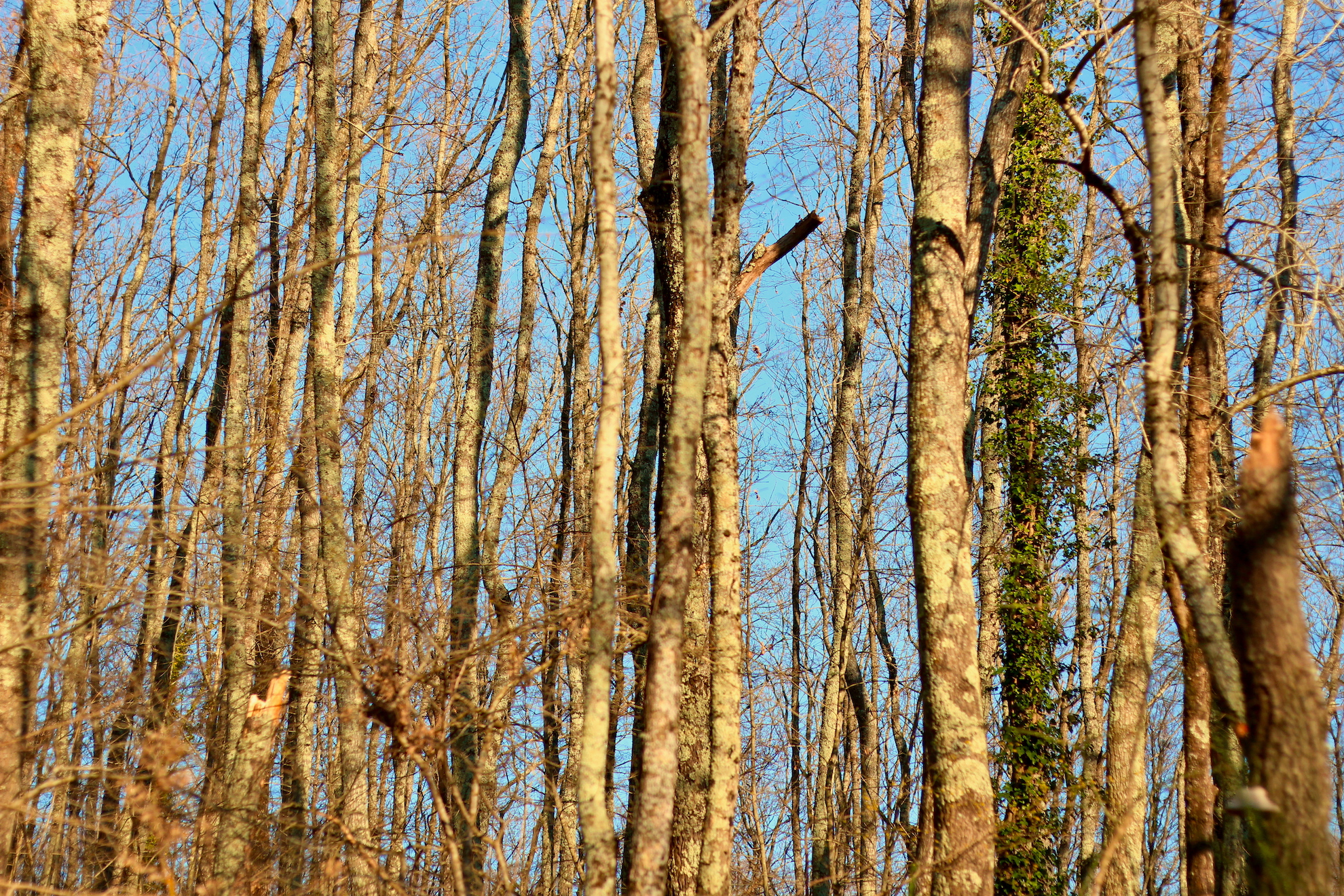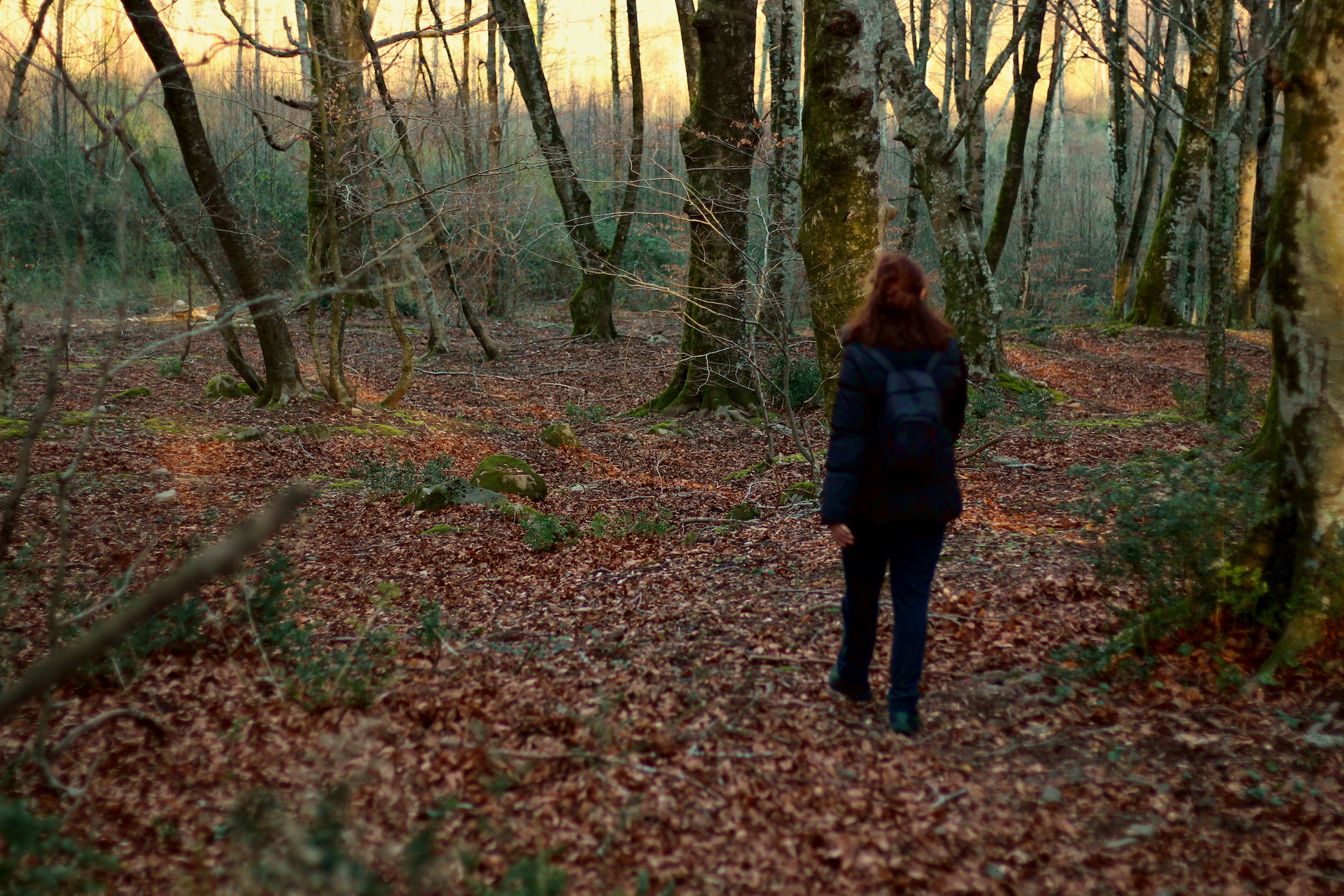The invention of the steam engine. Two world wars. French Revolution. The unity of Italy. Some people also say the Scientific Revolution and others even speak of the Renaissance. The beech trees of Monte Raschio, in the Lazio area, lived through all these events. But they seem not to care.
They have been silent, distant. As Rome expanded and the first restaurants opened on Lake Bracciano, if anything the beech trees chatted with Oriolo Romano, a placid place where urbanization arrived without hurry. History only made itself heard in 1903. The royal army chose this quiet place to experiment with the wireless telegraph and communicate with Rome. The people of Oriolo can’t wait for it and even the beeches felt curious to see all the hustle. But when they saw the crowd enjoying for some ticking, they thought how strange human beings are.
Ph. Federico Cadalanu

So the beeches realized they were going to share only a little of the human celebrations. When some years later, at the entrance of the path, a plaque was placed with the inscription “Unesco Heritage” on it, the trees were impassive. After all, that plaque celebrated their solitude: «Extraordinary example of uncontaminated forests». But theirs is not a sad story. In fact, the same beech forest has never wanted any company since it was born. Many of its sisters gathered higher up in the Apennines.
The beech trees of Monte Raschio preferred to keep away from the chatter of all those gossipy leaves moved by the wind. And then climbing up there was an almost useless effort. In the Sabatini Mountains, beeches had everything they needed: water from the lake and some springs, a good humid climate that men envied in the summer. The few things necessary to survive half a millennium.
Ph. Federico Cadalanu

The passage has always been allowed to almost everyone, but in silence, obviously. Wolves yes, but not in large groups. Foxes, wild boars, martens and porcupines: they are welcome. To the few Alpine rosalias who want to live in the woods, the beeches suggest taking their places hidden under the dry wood. Their bright blue color could attract some hungry woodpecker. Beeches are caring. Their hard bark is only appearance. With the intruders they are indulgent: the Turkey oak, nicknamed “cerrone”, and the hornbeam are tolerated and even accepted.
Even men can go into the beech forest to seek peace in the whisper of the wind between the foliage and the sound of the trampled leaves.

